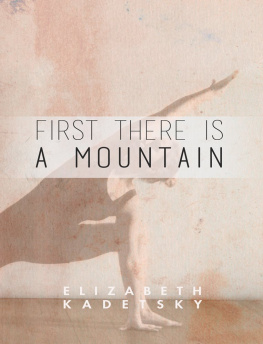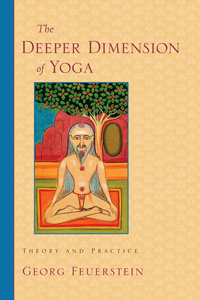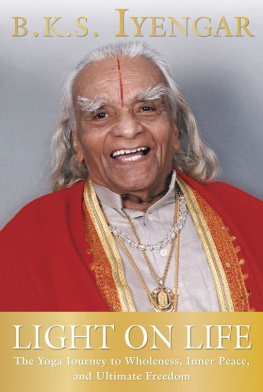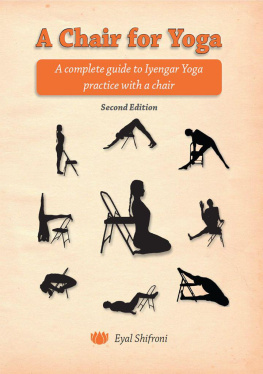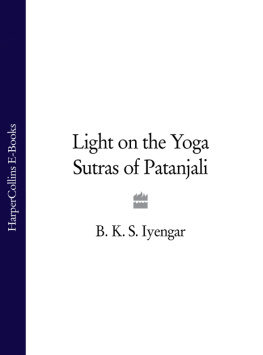Table of Contents

A LIFE
OF
LIGHT
THE BIOGRAPHY OF B.K.S. IYENGAR
RASHMI PALKHIVALA


Contents

Since this book was conceived after Gurujis passing in 2014, it is constructed from books that have been left behind and the memories of those who have been associated with him who were willing to share their experiences. The italicized sections of the book are fictionalized parts of Gurujis story based on fragments of fact, pieced together with the authors imagination.
Guruji has been variously addressed through the book as Sundara, Iyengar, Mr Iyengar, Anna and Guruji depending on the phase of his life and whom he is interacting with at that point. So, though he was Sundara to his family, he was Mr Iyengar to his early western students, and later in his life, Guruji to everyone.

Bellur, Karnataka
The night of Saturday, 14 December 1918
P lumes of wood-scented grey smoke emerged from the house and merged with the charcoal sky. The silence of the night amplified the sounds of mourning coming from several homes in the village. Inside the house, water boiled angrily in a fat-bellied copper cauldron placed on a crackling wooden fire.
Seshammas sister-in-law covered her with every blanket they possessed. They placed warm foments on her lungs and belly. But nothing could stop the shivering, the coughing and the deadly wheeze in her lungs. Besides the fever, there were the contractions to contend with, now coming unrelentingly, every three minutes.
Bellur had not felt the winter so intensely in more than a hundred years of living memory. It was rumoured to be one of Indias coldest winters of all time with 16 December 1918 being the coldest recorded day in Karnatakas history, an unprecedented 2.4C. What made the chill of the winter of 1918 even harder to bear was the jvara, or the flu. The jvara had swept through the village, probably from Bangalore, a cantonment city 50 kilometres away. It may have come on the infected breath of a soldier returning home from the Great War. It may have come in with a mineworker who had gone to Bangalore on vacation and returned afflicted with the Great Scourge. It may have travelled with a pilgrim on his way to the Kolaramma Temple from the big city. However it had arrived, it was there, and it was spreading fast.
India was used to disease. The country had suffered through smallpox, cholera and the plague over the centuries, with only a minor furrow in her brow to show for it. The flu, which no one felt the need to take seriously, was traditionally treated with kashaya, a vile-tasting concoction of spices and herbs. And this innocuous jvara, which normally did not even warrant a visit to the local Ayurved, had turned out to be Indias nemesis!
Though the flu pandemic of 1918 was possibly triggered by World War I, the speed and scale with which it raced through the world, and the decimation it left in its wake, were infinitely more terrifying than the effects of the war. The flu infected 500 million people across the world and killed approximately 70-100 million people. India was the worst affected with a death toll of about 17 million people. With one-fifth of the world population infected by the flu, it was very difficult to remain unaffected. Even US President Woodrow Wilson was said to be suffering from influenza as he signed the Treaty of Versailles to end World War I.
This contagion had the dubious distinction of being the most deadly pandemic to have afflicted the world. Four years of the Black Death and the Bubonic Plague combined had not wreaked as much havoc as the influenza pandemic did in just one year, 1918.
Most of Indias doctors were away, serving in the war. Flemings discovery of penicillin, the first antibiotic, was still a decade away. Hospitals were simply not equipped in terms of manpower or medication. Doctors would watch helplessly as their patients struggled to breathe through a blood-tinged froth that gushed from the nose and mouth. Many doctors themselves succumbed to the disease. This was, of course, in towns that were lucky enough to have doctors and hospitals. Bellur had neither.
But how did it all begin? Travelling on soldiers breaths across France, Spain, Germany, the USA and into India, it burned its way from crowded military barracks through prisoner-of-war camps, troop ships and mine shafts. One sneeze containing 40,000 influenza-laden drops could infect thousands of people within a few seconds. With people forced together into confined spaces by the exigencies of war, each sneeze ended up being more lethal than a bullet.
The virus struck quickly and remorselessly. A chilling story of the time tells us about a group of four women who planned to play bridge till late into the night. By the next morning, three of the four were dead from influenza.
The English, with their droll sense of humour and a penchant for creating nursery rhymes on very inappropriate subjects, had reason enough to be inspired. It was not unusual to find kids of the time skipping rope to this ditty:
I had a little bird,
Its name was Enza.
I opened the window,
And in-flu-enza
Starting slowly, the virus mutated several times, gaining strength with each mutation. The initial strain of the virus, though it affected a lot of people, did not have as many fatalities as the later mutation did. Nearly every househas some of its inmates down with [influenza] fever and every office is bewailing the absence of clerks, announced the Times of India, Bombay, June 1918.
By August 1918, however, the virus had mutated into something much more dangerous and deadly. It was now a virus with the capacity to penetrate deep into lung tissue, leaving its victims gasping for breath with viral pneumonia and severe respiratory distress. The lack of oxygen caused a bluish discoloration of the skin called cyanosis, or it set the stage for a potent form of pneumonia. Either way, it was not pleasant. The victim would begin to find it difficult to breathe, and then a characteristic, crackling wheeze would emanate from the lungs. This would be followed by a racking cough and the breath would develop a pungent odour, which often signified the end.
The flu had several far-reaching effects. It left its victims debilitated, with their lungs and other vital organs severely impaired and made them more susceptible to other seemingly unrelated diseases like meningitis, nephritis and Parkinsons.
The most likely to die list of the 1918 Influenza Pandemic was topped by pregnant women. Next on the list were the babies in their bellies at the time they contracted the disease.
In the family home, Seshammas older children comforted the younger ones. The family was prepared to lose both Seshamma and the little baby but they werent prepared to give up on them. So they nursed her carefully through the influenza that she had contracted, like so many others in the village.
It had been a difficult labour; the mother was enervated both by the pain of labour and the fatigue of the deadly influenza. She gave birth to a baby boy. They nursed the baby through, his influenza, all the while marvelling that mother and baby had made it through, when so many others, with seemingly stronger constitutions, had succumbed. When they later found out that the jvara had claimed more than seventy million lives all over the world, they were deeply grateful.


